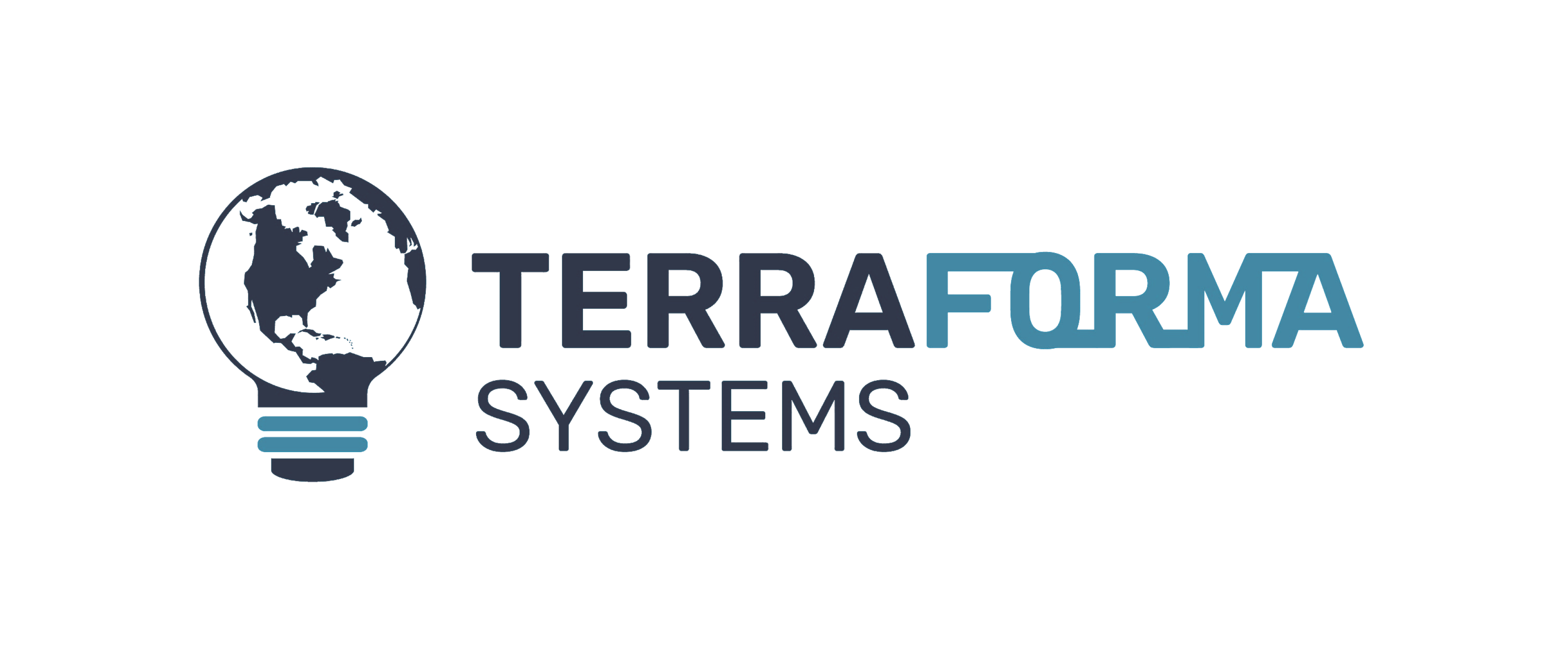
Practical Steps to Improve Waste Management and Meet Certification Requirements
Managing waste at a commercial property is not just about keeping bins organized. It is about understanding what is being thrown out, what can be diverted or avoided, and how to make the overall system more efficient. One of the most effective ways to gather this information is by conducting a waste audit.
A waste audit gives property and facility managers a clear picture of what types of materials are being discarded, where they are coming from, and how to improve waste collection, signage, and tenant or staff habits. Audits also help meet the requirements of certification programs such as LEED, BOMA BEST, and TRUE Zero Waste.

What Is a Waste Audit?
A waste audit involves sorting through a sample of waste generated at a site, including garbage, recycling, compost, and other streams. The purpose is to:
Identify the types and amounts of waste being produced
Measure how much is being properly diverted through recycling or composting
Pinpoint problem areas like contamination or avoidable waste
The results can inform practical changes to how waste is collected and managed.
Why Conduct a Waste Audit?
1. Improve Waste Services and Reduce Costs
Waste audits often reveal issues such as the wrong materials going into recycling or compost bins, or materials that could have been avoided in the first place. This kind of information helps managers make better decisions about bin placement, signage, service frequency, and vendor contracts. These changes can lead to lower waste-related costs and better performance.
2. Meet Certification and Reporting Standards
Waste audits are a requirement or best practice in several certification programs for commercial buildings.
LEED includes waste audits under its Operations and Maintenance track. An audit helps establish baseline diversion rates and identify opportunities to improve.
BOMA BEST encourages regular waste tracking and improvements. Waste audits support both performance measurement and tenant engagement.
TRUE Zero Waste certification focuses entirely on how materials are handled on-site. A thorough waste audit is a key part of the certification process.
3. Establish a Baseline and Track Progress
Waste audits provide a snapshot of current performance. When repeated on a regular basis, they allow property managers to measure the results of any changes or programs that have been introduced.
How to Conduct a Waste Audit
Step 1: Define the Scope
Choose which parts of the building or property to audit. Coordinate with janitorial staff and waste haulers to make sure you are collecting a representative sample on a typical day.
Step 2: Sort the Waste
Collect samples from different waste streams such as landfill, recycling, and organics. Sort the materials into categories such as paper, plastic, food waste, metal, and contamination. Weigh each category and record the results.
Step 3: Review the Data
Look for patterns. How much material is being sent to landfill compared to recycling or compost? Are there common contaminants showing up in recycling bins? Are recyclable items ending up in the garbage?
Step 4: Share Results and Recommend Changes
Summarize your findings and share them with relevant teams or vendors. Use the information to guide practical improvements, such as updating signage, changing bin placements, or running short training sessions.
Step 5: Repeat as Needed
A one-time audit is useful, but regular audits show trends over time and confirm whether changes are working. Commercial properties typically conduct an annual waste audit.
A Straightforward Way to Improve Waste Management
Waste audits do not need to be complicated, expensive, or time-consuming. When done properly, they provide real data that helps improve operations, reduce unnecessary costs, and keep tenants informed. For commercial property teams managing multiple vendors, tenants, or waste streams, waste audits offer a practical way to take control of what is happening on the ground and make it better.






